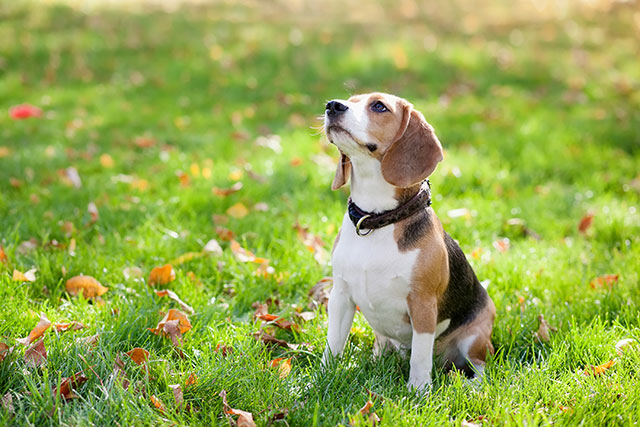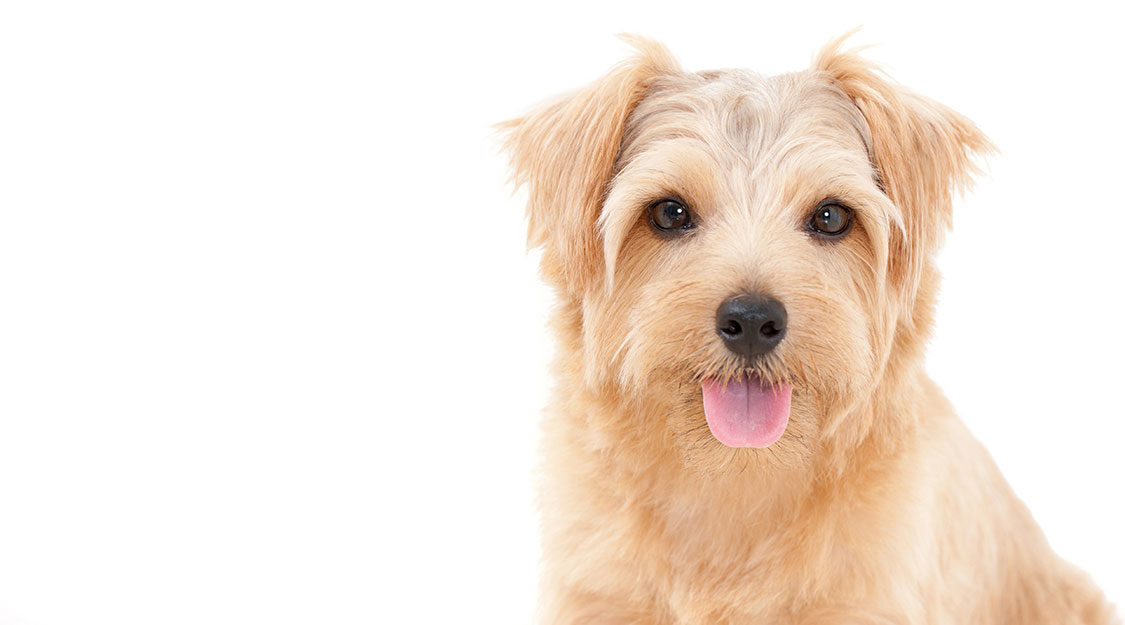Creating positive associations with clicker training

Another wonderful thing about using a clicker to train your dog is that it can be used as an “occasion setter”. Here’s how it works.
You know how excited your dog gets whenever she hears the bag of treats rustling? Or when you pick up the leash?
She has made associations with these activities and learned that something good is about to happen. The rustling of the treat bag signals a meal occasion and the leash is associated with going for a walk.
As a result, she really focuses on you in anticipation of what’s about to happen. She will often offer behaviors like sitting or lying down or spinning in circles as if to say, “What do you want me to do? Sit? Beg? Jump? Get you a beer?”
In other words, your dog is really excited to do what you’re about to ask because you have something she really, really… really wants!
With this in mind, whenever you show your dog a clicker, you flip that same switch in her head that says something good is about to happen. So your dog really looks forward to the occasion of training sessions and becomes intent on paying attention.
Using the clicker as a “connection”
The other nice thing about using a clicker is that it allows you time to get the treat to your dog. As I mentioned earlier, good training is all about the speed of rewarding. The quicker you get the treat to your dog, the more effective your training.
So let’s say you’ve asked your dog to lie down from twenty feet away. As soon as she does, you can immediately click, signaling she did a good job, but then you have several seconds to actually get the food treat to her.
The clicker acts as a “connection”, signaling the food is coming, but because you marked the behavior with the click, it’s as if you gave the food the instant her behind hit the floor.
Moving on to life rewards
Clickers are used to teach your dog a new behavior. When she knows what to do and does it when asked, the clicker is no longer necessary. You can maintain the behavior by using affection like petting and praising your dog. But you can also keep the behavior sharp by using “life rewards”.
A life reward is anything your dog wants that isn’t food related. For example, if you ask your dog to lie down, the reward is going for a walk. If you ask your dog to sit, the reward is chasing a ball.
Clicker training is all about positive reinforcement, so it’s a terrific way to train your dog and have fun at the same time!

